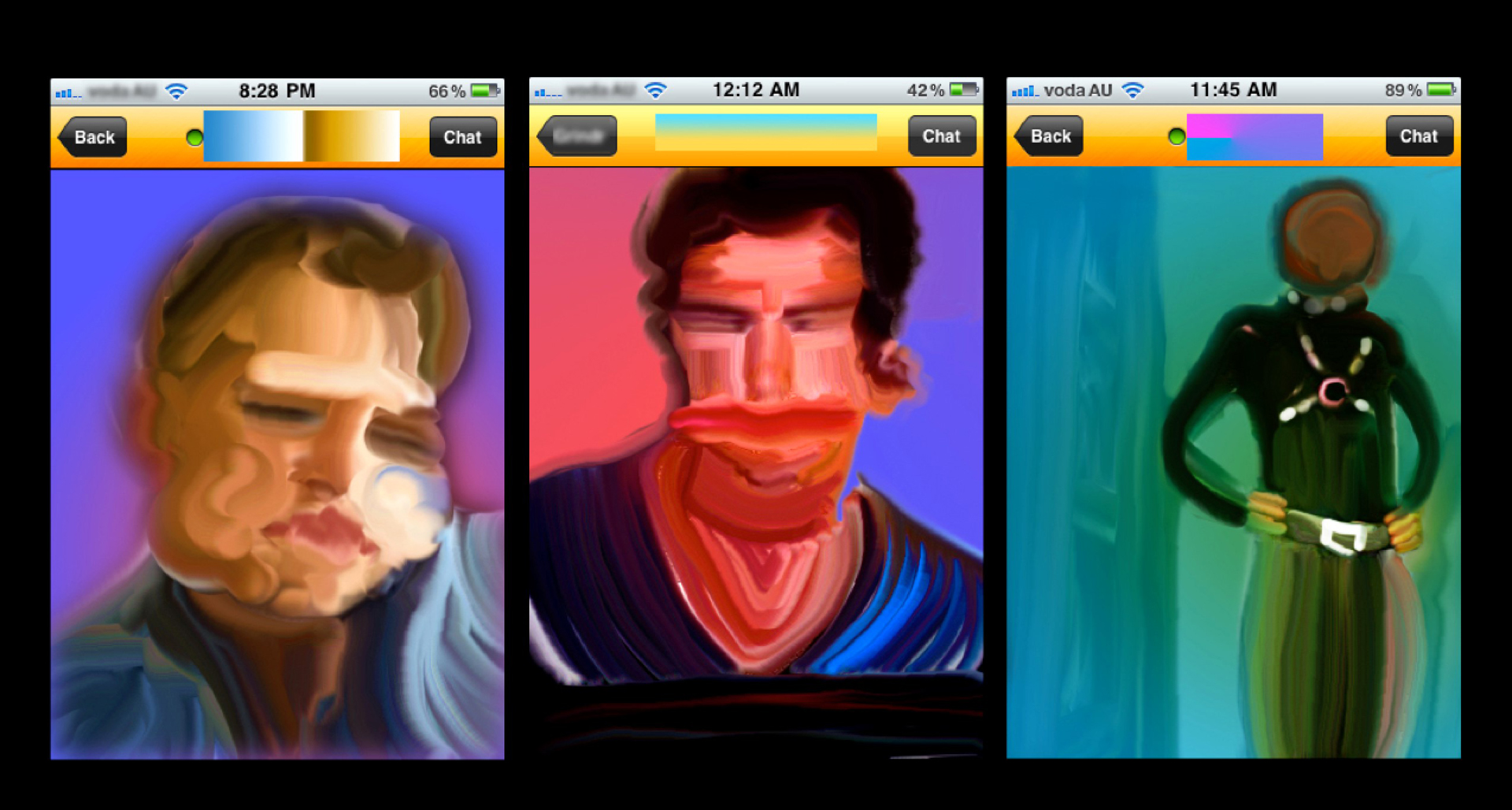Critical Affection: The Artist as “Player” of Online Dating Cultures
Session Title:
Presentation Title:
Presenter(s):
Abstract:
Abstract
Online dating cultures engage users’ social, creative and emotional labour and this is seen as affective. For some theorists and artists, this process is inherently exploitative but the potential of these cultures also provides fuel for playful critique. The concept of ‘play’ is frequently used to describe users’ engagement digital cultures more broadly and artists have also long used the word ‘play’ to describe a relationship to their ideas and processes. We might assume that the difference between the two is that artists have a critical awareness of what they are ‘playing’. Given this, what broader portrait of a ‘player’ might exist at the site of ‘critical play’?
This question is explored through critical play as the production of digital artwork. Reflections on the outcome of a series of explorations of affection-images in gay online dating applications lead to the construction of a broader image of what it means to ‘play critically’. This contributes to discussions concerning play in games studies and art more generally, as well as criticism surrounding online dating cultures.
Critical Affection
This is a work in progress presentation proposal for my practice-based PhD project titled “Critical Affection”. Throughout my research I have produced a number of interactive pieces that critically represent (gay) online dating apps such as Tinder, Grindr and Hornet.
The research refers to the writing of Mary Flanagan on “Critical Play” [1] who accounts for the relationship between critical processes in art history and contemporary games studies. Much of Flanagan’s writing is a feminist account of how real-world scenarios are navigated or subverted through (artists’) doll play. I augment this from a queer perspective. In my own artistic methods I often allude to the perverse play of representations of bodies in digital 3D space as doll-like bodies, as well as use the game “The Sims 3” to set up and depict scenarios that reflect gay online dating.
Originally inspired by the work of Ludovico and Cirio especially “Face to Facebook” [2], their discussion of “Portraits of the XXI Century”[3] and my own usage of such apps, I incorporate an analysis of affection-image (facial imagery) adapted from Gilles Deleuze[4] which involves the discussion of caricature and the playful subversion of facial languages online.
My discussion will conclude by contextualizing my work within a broader community of practicing artists that have made similar playful critiques of dating apps in the past two years, notably Dries Verhoeven’s “Wanna Play?”[5], Cors Brinkman, Jeroen van Oorschot, Marcello Maureira, and Matei Szabo’s “Tender”[6], and many of the works by Robert Yang (“Cobra Club”, “Rinse and Repeat”, “Stick Shift”)[7].






